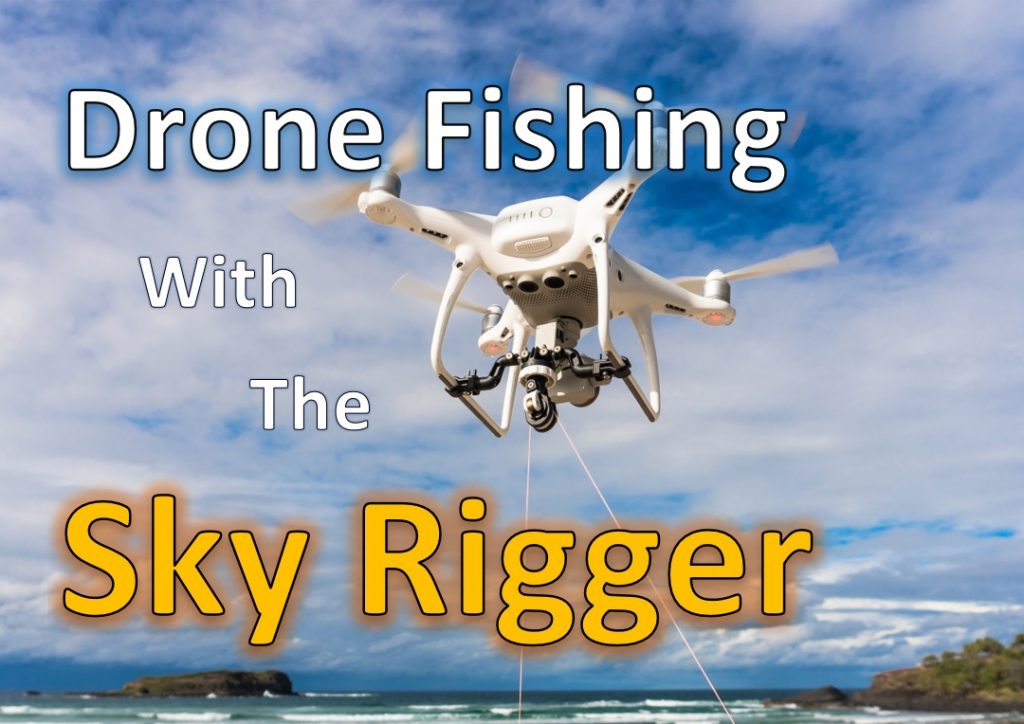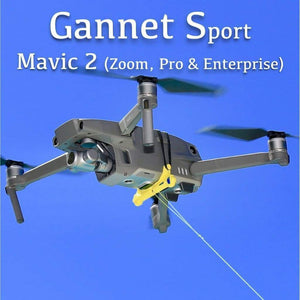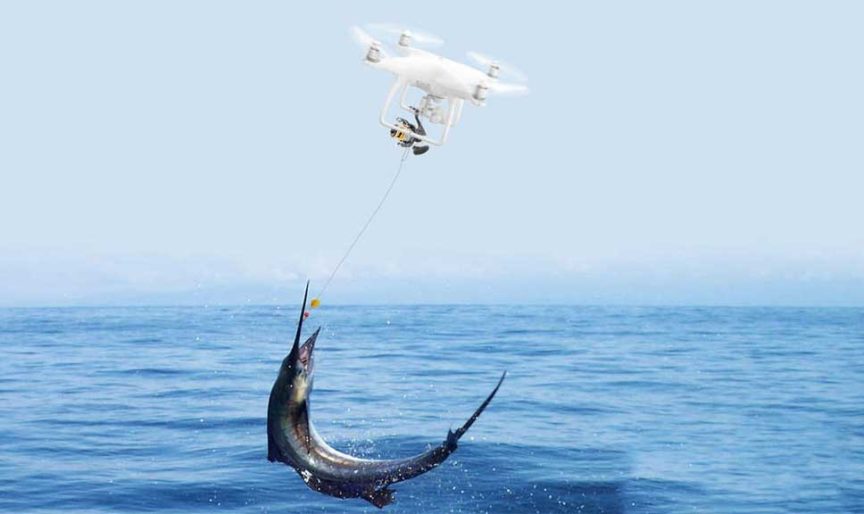
The regulations for drone fishing are important to understand if you plan on using one. Watch instructional videos about how to fly drones to catch fish. Read our article about drone ethics if you have any questions. Here, we'll go over a few of the ethical concerns that surround the use of drones for fishing. You can also check out our drone fishing gear guides.
Regulations for drone fishing
A drone fishing video for tuna may make you wonder about the regulations. There are several reasons to follow local laws, but in the end, the main concern is safety. It is essential to adhere to the appropriate laws to ensure the safety of both fish and you. In this article we will cover some of the most important rules and make sure you follow them. And don't forget to follow the rules of the International Game Fish Association.
Drones can't be flown over public areas, such as stadiums or sporting events. They cannot carry weapons or be within half a mile of a sporting event. Drone operators must always be able to see their aerial equipment. A drone cannot be flown over crowds, stadiums, critical infrastructure, or emergency response vehicles. If you have any questions about how a drone can be used to fish, please consult your local law enforcement agency.

Although many states have already passed laws governing drone use, others are yet to do so. Recently, SB 2167 was passed in Illinois. This bill prohibits drones from being used in state parks, without permission. It also defines privacy rights and sets out the rules that drone operators must follow for both recreational and commercial purposes. It also prohibits drones interference with hunters and other wildlife. These laws will be in effect for a few more years.
Drone fishing raises ethical concerns
Drone fishing is not without controversy. Companies sell underwater drones that can fish for fish. The video content of these drones often contains the actual fishing process, which is remarkably similar to casting a line to a fish. The process of taking a fish from water is different. If you are ethically concerned about this fishing method, you might consider looking elsewhere for entertainment.
There are many benefits to drones being used for fishing. However, some fishermen feel that drones may be cheating them. Although fishing hasn't changed much in millennia over, the thrill of the chase and the capture of a fish by drones may have an impact on the sport. Drones could also be harmful to conservation. Here are some ethical issues to be aware of before you purchase a drone for fish-catching.

First, drone fishing is not the best option. It may damage the environment and overfish an endangered species. Some states may allow drones to be used in recreational fishing. However, others don't. There are a number of limitations to drone fishing, including the fact that they must be expensive. The drones you buy might not be as capable of controlling the range, GPS functionality, lifting power, or control range that you need. A second problem is that drone fishing can cause fish to be lost if the line becomes tangled. The third issue is piloting.
FAQ
Is it safe to drive while flying a drone?
Flying a drone while driving is dangerous because you could crash into another vehicle or object. You also risk hitting pedestrians or other animals. A collision with power lines, trees, buildings, or power lines could cause serious damage to your vehicle.
Do I need special training to fly a drone?
No, you don’t need any special training in order to fly your drone. A remote control unit is all you need. You also need to have some basic knowledge of flight mechanics.
Can I fly my drone through my neighborhood?
Yes! These are also known as UAVs (unmanned aerial vehicle). There are many types of drones on the market today, including small quadcopters and large fixed-wing aircraft. The FAA recently released new rules for commercial UAV use, meaning that they are now legal to fly for business purposes. However, be aware that flying a UAV near airports may cause interference with air traffic control systems, and you must obtain permission from local authorities before operating one.
Does the FAA regulate drones?
The FAA supervises all aspects related to drone operations, including certification requirements and safety standards.
Can I fly my drone indoors without a license?
Yes, you can fly your drone indoors. Your home must be free of hazards and obstacles. You should not fly near windows, doors or heating vents.
Statistics
- According to Indeed, a drone pilot gets paid $25.73 per hour on average in the US. (dronesgator.com)
- With the top 10% making over $100/h and the bottom 10% making as low as $10/h. (dronesgator.com)
- According to the multiple listing service (MLS), houses and apartments with drone photographs are up to 68 percent more likely to sell than those without pictures. (thedroneu.com)
External Links
How To
How To Fly Drones For Beginners
A drone refers to a remote-controlled aircraft designed for aerial photography, surveillance and scientific research. Drone technology has been around since World War II. DJI introduced their Phantom series of quadcopters in 2010, but commercial use only began in 2010. From beginner-friendly drones such as Parrot AR Drone 2.0 through professional-grade multirotor craft like DJI Mavic Pro, many types have been available.
There are several ways to fly a drone, including;
-
Remote control - This method uses a control device attached to your hand, which enables you to steer the drone through its flight path. There are two main types: Joysticks (like a radio), and On/Off switches (like an alarm clock).
-
Manual Control- This allows you to control your drone remotely via GPS coordinates. The app will provide instructions and help you to locate the drone.
-
Autonomous Flight - This method involves leaving the piloting duties to the drone itself. It allows the drone to fly independently without any human intervention. It must have a builtin camera, sensors capable of taking images and data to enable autonomous flight.
-
Triggered Flight – This method is very similar to manual flight. The pilot creates a route that the drone will follow until it reaches the destination. Once the programmed route is completed, the drone lands automatically and returns back to the base.
-
Landing Gear - Some drones come equipped with landing gear that allows them to land safely if they lose power or run out of battery during flight.
-
Goggles: Some pilots use goggles in order to protect themselves against debris when operating.
-
Camera - Some drones are equipped with cameras allowing you to capture photos and videos from above.
-
Obstacles. Some drones can have obstacle avoidance technology that stops them from hitting obstacles.
-
Speed - Drones can reach speeds up to 40 mph.
-
Battery Life – Most drones will last 20 minutes to three hours depending on how powerful they are.
-
Some drones are capable of traveling up to 30 miles depending upon their make and model.
-
Power source - Some drones need an external power source, while others use internal batteries.
-
Weight - Some drones are lighter than others, while some models can weigh as much as 4 pounds.
-
Size - Drones range from small devices that fit in one's palm to large crafts that weigh more than 50 pounds.
-
Price - From high-end models that cost thousands of dollars to low-cost options that start at $100, all drones fall under a certain price category.